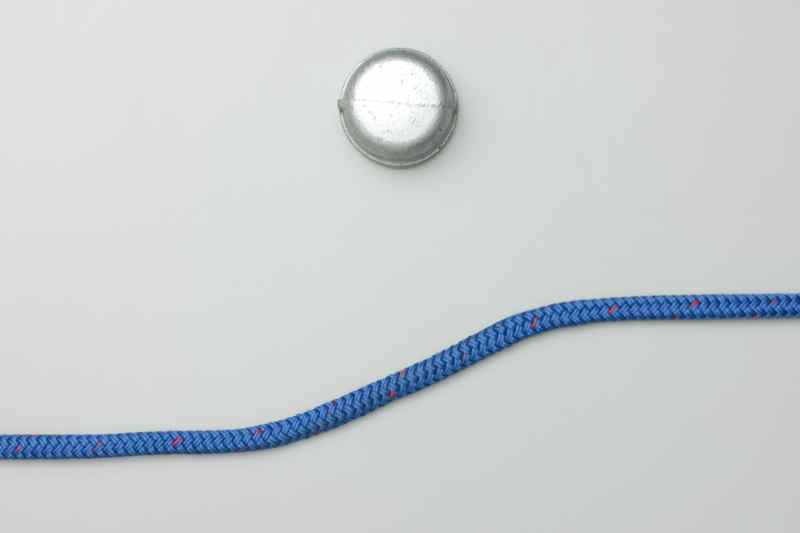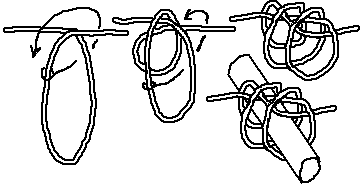

I'm a big fan of it, but, like any good tool, it's important to know what it's good for and what it's not good for. Secondly, it can be tightened as you tie the knot, so you can load up the rope, make the first hitch, and then finish the knot without losing tension rope. Firstly it doesn't use up much stuff, so you can use it when you only have a few inches left.

I'll just be a few more minutes."Īlso, if you're tying something down to the trailer, it has two fantastic benefits. So for a climber this alone makes it an indispensable knot - there's nothing worse than getting a belay set up and you just have to adjust one more knot and you're done and. The thing about the clove hitch is that there are a couple of distinct and clever ways to tie it.Įven a beginner can learn to click a loop into a carabiner, then another loop, and hey presto, one handed clove hitch. It doesn't grip well, and can come loose without warning. It still trips me up when I try to tie it in a working end. The round turn and two half hitches is both a good knot to know, and a good starter knot for discussing theory.Īlso, I'm just not a big fan of a clove hitch.

Constrictor knot vs manual#
(Also, the knots in the BSA manual suck rocks.) It wasn't until someone pointed out to me why some knots work the way they do, that I started to get it. I just never learned knots well by rote memorization. two half hitches, and explain why each of the two half hitches actually do different jobs.įor extra credit, show how it can be converted into an anchor bend, and then briefly discuss situations where one knot would make more sense than the other. Show how it works with one half hitch vs. (Though this may be difficult to demonstrate in class.) The round turn is also useful to begin a discussion on what effect the different parts of the knot, with different turning radii, have on the rope's breaking strength. Demonstrate that too many can work against the knot. Demonstrate how much more grip it has with more round turns. The round turn, and its effect on the gripping power of the knot. Not only is it a better knot in most circumstances, but it also demonstrates some very important basic concepts for knotwork: I'd say the round turn and two half hitches.


 0 kommentar(er)
0 kommentar(er)
